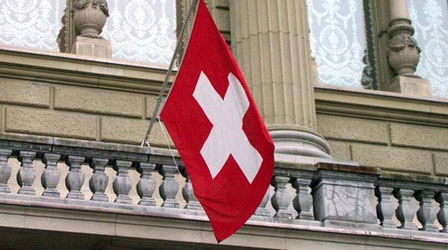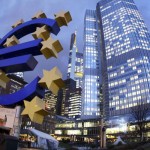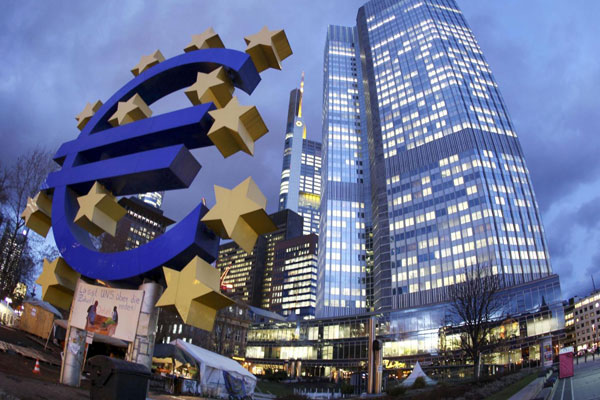The decision by Switzerland’s central bank to devalue the nation’s currency by pegging its exchange rate at 1.20 to euro – at a lower level than previously set by the free market – and to “print” an unlimited amount of francs to finance purchase of foreign currencies, is the latest sign of panic by global policymakers.
They are adopting extreme and unconventional measures to cope with increasing stress in the world’s financial system.
It won’t be the last of such measures. And by resorting to them, policymakers have triggered what Rod Davidson of Alliance Trust Asset Management describes as a “massive crisis of confidence” in global markets.
Chris Iggo of Axa Investment Managers says investors’ expectations of economic growth have been revised down – “which means either that debt-to-GDP levels will remain higher for longer, or more severe austerity.
“Moreover, the confidence of investors in the ability of policymakers to accelerate the adjustment has all but disappeared.”
Governments have been basing their policies on the assumption that the world economy will returned to sustained growth at the levels experienced in recent decades, but investors are coming around to realizing that assumption is false.
That will have ominous consequences.
Stephen King, chief economist at the giant international bank HSBC, writes in the FT that investors are now “licking their wounds, having moved prematurely into equities without understanding the nature of the crisis.
“The underlying problem relates to the totality of claims within the financial system on economies that have badly underperformed relative to previous – over-optimistic – expectations.”
He says that prior to the crisis that erupted in 2008, economists routinely thought the US economy could expand at a 3 per cent annual rate in perpetuity.
Yet through the course of the economic cycle that coincided with the Bush presidency, “the US grew at only a 2 per cent rate, despite the ‘help’ of a housing boom, excessively loose credit, and financial trickery in all its many forms.”
The long-term average growth rate of the US economy may now be even lower.
The burden of debt is now too big to be supported by the “new economic reality” of lower economic growth.
“In this world of economic permafrost,” King writes, “someone, somewhere, will have to accept losses.
“Will those losses accrue to taxpayers, recipients of public services, equity investors, bondholders, domestic debtors or foreign creditors?”
Ultimately politicians will have to determine how the pain is to be shared out – but deciding how that is to be done still seems a long way off.
“In this world of heightened uncertainty, investors naturally flock to safety.” That is why the yields on the safest bonds – the securities of nations such as the US and Germany – have been falling, and their values have continued to rise.
This shows “a loss of faith in the entire financial system” as investors try to work out the best ways to protect themselves.
CopyRight – OnTarget September 2011 by Martin Spring







